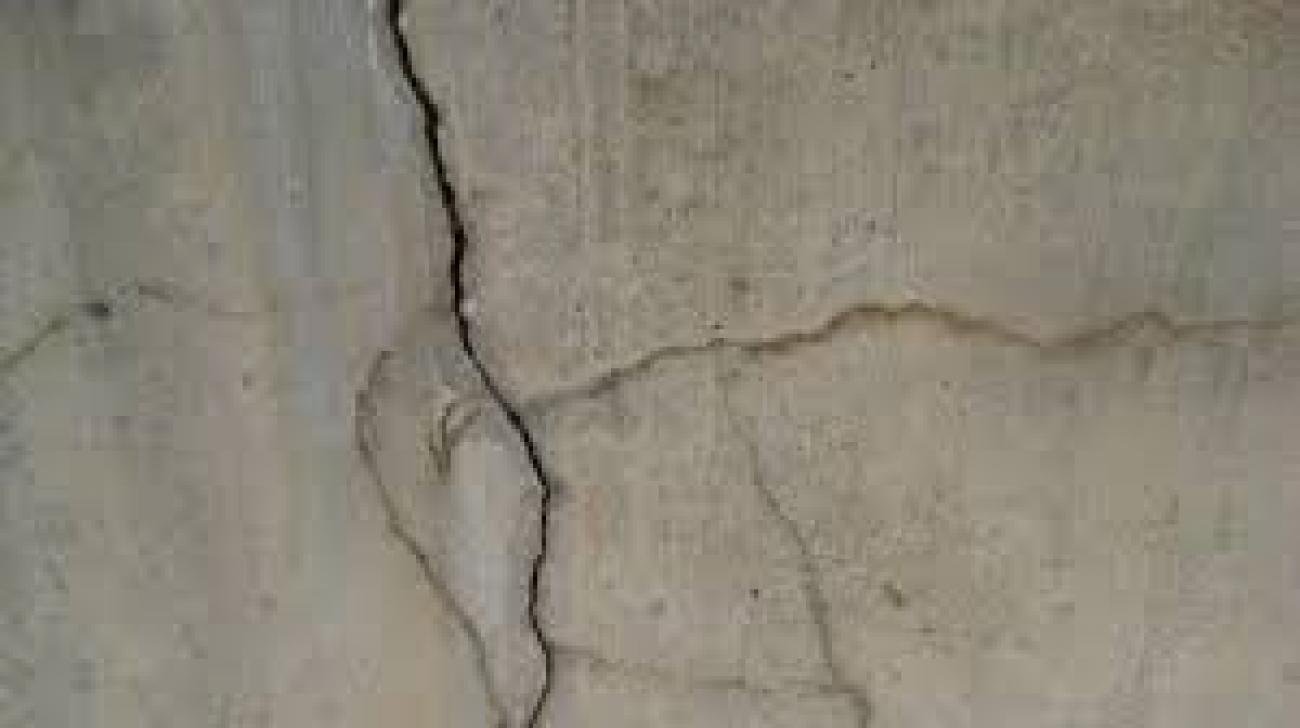

Where Do Concrete Cracks Come From?
Concrete cracking is a phenomenon where the surface of concrete splits into lines or grooves. These cracks often lack uniformity in size, direction, or thickness. Over time, if not properly treated, these cracks may develop further and lead to unpredictable consequences.
This phenomenon is one of the main causes of reduced structural lifespan. Its impact may not be immediate, but it's difficult to determine the exact timeline. The consequence of concrete cracking is ultimately structural failure, causing not only property damage but also potentially threatening human lives. Therefore, treating concrete cracks is an extremely important issue that should be addressed as early as possible. However, before finding a solution, it is necessary to understand the reasons behind this phenomenon to propose the most reasonable approach.
What Causes Concrete Cracks?
Shrinkage Cracks: These cracks appear shortly after pouring concrete. They are narrow and resemble bird footprints. They occur because water evaporates too quickly from the surface, causing a deformation between the top and bottom of the slab. This often happens when concrete is poured during noon, in hot and dry weather.
Prevention: Avoid pouring concrete in intense heat. After pouring, properly finish the surface. Use wet sacks to cover and continuously moisten for 3 days.

Settlement Cracks: These occur when the foundation of a structure shifts. Settlement cracks are usually serious and may result from poor foundation treatment. Other causes include soil erosion or weak foundation soil. In shallow residential foundations surrounded by large trees, roots may cause cracking.

Structural Calculation Errors: These cracks are caused by design mistakes, where the load exceeds the concrete’s bearing capacity, leading to cracking or collapse. Although this issue is rare due to meticulous planning, it can happen when homeowners expand their houses without recalculating load capacity.

Material Issues: In modern construction, concrete is often sourced from mixing stations. From mixing to transportation and setting, concrete is affected by distance, method of transportation, mix ratio, heat of hydration, etc. These factors influence its quality. Additionally, variations in cement types, additives, cement strength, aggregate size, and flake content give concrete different material properties, contributing significantly to crack formation.

External Forces: These are forces acting on concrete from outside sources, such as earthquakes or human activities like drilling or geological surveys. Cracks from such forces are unpredictable and sudden, making them dangerous due to the lack of timely response. However, these cases are rare and not usually a major concern in practice0.
Time-Related Cracks (Corrosion): When reinforced concrete is exposed to moisture and oxygen, corrosion may occur. This happens through small cracks that allow water to reach the steel reinforcement, causing it to rust and expand, pushing the concrete out and creating larger cracks. Regular inspection and early treatment of small cracks can prevent serious damage.

What is the MICP Method?

Crack healing in concrete using MICP (Microbially Induced Calcium Carbonate Precipitation) is an advanced biotechnology that uses bacteria to precipitate calcium carbonate (CaCO₃), sealing fine cracks in concrete. This is an environmentally friendly, self-healing method that is gaining attention in sustainable construction.
How Does the Crack-Healing Process Work?

Stage 1: Preparation
Select bacteria (Sporosarcina pasteurii)
Prepare a nutrient medium for the bacteria
Use aggregate capable of alkali-silica reaction
Stage 2: Bacterial Culture in Solution
Bacteria are cultured for strong growth
They produce urease – the enzyme that breaks urea into NH₄⁺ and CO₃²⁻
Stage 3: Biological Reaction
Bacteria hydrolyze urea
Generate NH₄⁺ and increase pH
Create CO₃²⁻ ions
Stage 4: CaCO₃ Precipitation
CaCO₃ precipitates on aggregate surfaces, forming a protective layer

Bibliography
[1] C. T. T. S. - X. T. P. KHÁNH, "Nguyên nhân của nứt bê tông," Chống Thấm Phú Khánh, [Online]. Available: https://chongthamphukhanh.com/tin-tuc/nguyen-nhan-cua-nut-be-tong-43.html
[2] C. T. T. T. K. V. X. D. SBS, "Nguyên nhân và biện pháp xử lý vết nứt sàn bê tông," SBS House, [Online]. Available: https://sbshouse.vn/nguyen-nhan-va-bien-phap-xu-ly-vet-nut-san-be-tong/
[3] G. Magtech, "Phân tích nguyên nhân gây ra vết nứt trong kết cấu bê tông," Precast Concrete Magnet, [Online]. Available: https://vn.precastconcretemagnet.com/news/analysis-on-the-causes-of-cracks-in-concrete

The News 10/11/2025
In the midst of the hustle and bustle of urban life, many Vietnamese families are looking for a different living space – where they can enjoy modernity without being far from nature. Tropical Modern villa architecture is the perfect answer to this need. Not only an aesthetic trend, this is also a smart design philosophy, harmoniously combining technology, local materials and Vietnam's typical tropical climate.
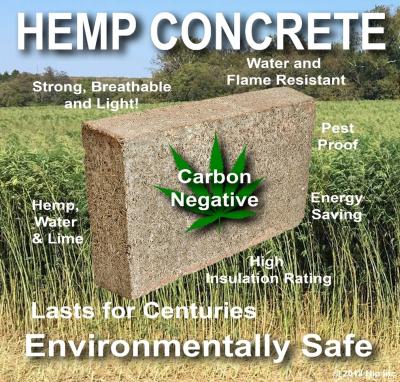
The News 25/10/2025
Hemp-lime (hempcrete) is a non-load-bearing covering material consisting of a hemp wood core (hemp shiv/hurd) combined with a lime-based adhesive, outstanding for its insulation – moisture conditioning – indoor environmental durability; in particular, IRC 2024 – Appendix BL has established a normative line applicable to low-rise housing, strengthening the technical-legal feasibility of this biomaterial.
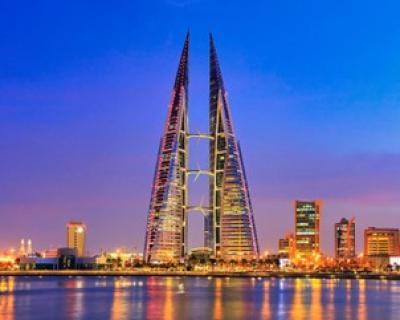
The News 11/10/2025
Amid rapid urbanization and global climate change, architecture is not only construction but also the art of harmonizing people, the environment, and technology. The Bahrain World Trade Center (BWTC)—the iconic twin towers in Manama, Bahrain—is a vivid testament to this fusion. Completed in 2008, BWTC is not only the tallest building in Bahrain (240 meters) but also the first building in the world to integrate wind turbines into its primary structure, supplying renewable energy to itself [1]. This article explores the BWTC’s structural system and design principles, examining how it overcomes the challenges of a desert environment to become a convincing sustainable model for future cities. Through an academic lens, we will see that BWTC is not merely a building but a declaration of architectural creativity.
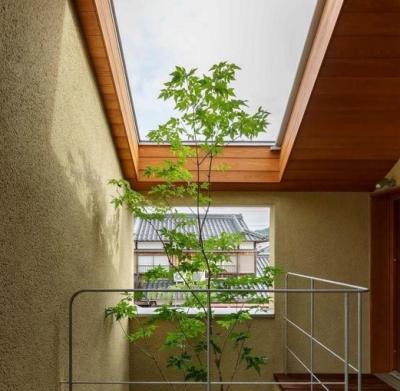
The News 04/10/2025
As buildings move toward net zero architecture and glare free daylighting, traditional glass façades reveal limitations: high thermal conductivity (~0.9–1.0 W/m·K), susceptibility to glare, and shattering on impact. In this context, transparent wood (TW) is emerging as a multifunctional bio based material: it offers high light transmission yet strong diffusion (high haze) to prevent glare, lower thermal conductivity than glass, and tough, non shattering failure. Recent reviews in Energy & Buildings (2025) and Cellulose (2023) regard TW as a candidate for next generation windows and skylights in energy efficient buildings. [1]
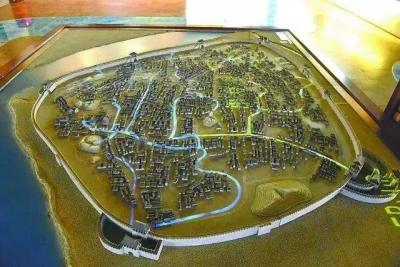
The News 27/09/2025
Urban flooding is one of the greatest challenges of the modern era, when sudden and unpredictable rainstorms can paralyze entire cities. Few would imagine that over a thousand years ago, people had already discovered a sustainable solution: the Fushougou drainage system in the ancient city of Ganzhou, Jiangxi. Built during the Northern Song dynasty, this project remains effective to this day, protecting the city from floods—even during historic deluges. The story of Fushougou is not only a testament to ancient engineering but also a valuable reference for today’s cities seeking answers to water and flooding problems.
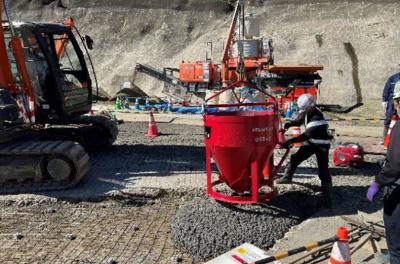
The News 20/09/2025
The construction industry is currently facing immense pressure to reduce carbon emissions, as concrete is not only one of the most widely used materials but also a major source of CO₂ due to its reliance on Portland cement. In response, Shimizu Corporation has conducted extensive research to develop sustainable material solutions aimed at achieving carbon neutrality. One of the most remarkable outcomes is carbon-negative concrete, which partially replaces cement and aggregates with biochar. This biochar is produced from sawdust through a carbonization process and has the unique ability to retain a significant amount of carbon that would otherwise be released into the atmosphere through natural decomposition or combustion. Thanks to this property, carbon-negative concrete not only maintains the necessary mechanical strength for construction but also directly contributes to reducing greenhouse gas emissions. This innovation is considered a promising step that opens new directions for the advancement of green construction in Japan and worldwide.